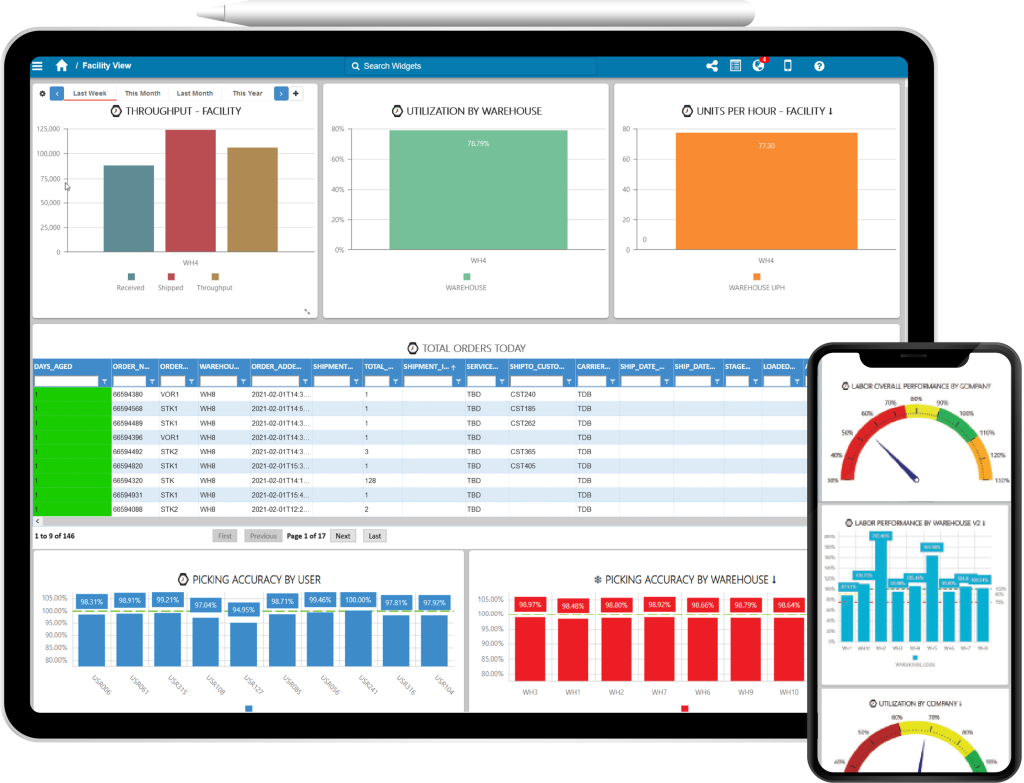How Real-time Data Can Help You Win This Holiday Season

With the holiday season upon us, supply chains are bracing for a surge in online shopping. To keep up with demand, they need to be able to move fast and have real-time data at their fingertips. This data will help them make decisions about inventory, staffing, and marketing. Before the pandemic, retailers could get by with day old data, but real-time data will be more important than ever this holiday season.
According to a recent survey by Coupa Software, 95% of retailers don’t think they can fulfill consumers’ needs this holiday season.
The survey included 602 respondents in consumer retail companies with 500+ employees in the United States.
On the consumer side, McKinsey reports, “After nearly three years of suppressed behavior resulting from the COVID-19 pandemic, people are primed to go all out to celebrate the holidays.”

Without knowing what to expect, you must be as ready as possible to meet whatever demands come your way.
Real-time data can help you win this holiday season.
If you’re looking to give your business a boost this holiday season, real-time data can change the game. If you understand what your customers want, you can make sure you’re stocking the right items. By staying on top of the latest trends, you can ensure that your business is able to succeed this holiday season.
The supply chain issues of the past couple of years have been well-documented, and companies have been working hard to address them. Companies had to take a good look at every step of their supply chain for potential pitfalls. Problems ranged from the unavailability of certain materials—like computer chips—to shipping issues, worker shortages, and more. Those issues haven’t disappeared.
Supply chain executives name these as their top priorities for how to manage peak season:
Building scalable warehouse and order management operations that perform at peak year-round is important, but this time of year is critical. Supply chain executives face many barriers. One of those barriers is the lack of real-time data. Without real-time data, it’s difficult to make informed decisions about inventory levels, production schedules, and shipping routes. This can lead to inefficiencies and disruptions in the supply chain.
Data plays an important role in planning for the holiday months, as you strategize what products to stock and other aspects like seasonal hiring.
Customers expect real-time updates on their products—from checking to see what’s in stock, to tracking their shipment. You can’t provide them with that information unless your data is updating in real-time as well. Situations can change so fast that models updating only once a day could cost you business. Only real-time notifications enable you to react immediately if something goes wrong.

Supply chain management is how manufacturers manage the flow of their goods and/or services from production to consumption. This includes the moving and storing of raw materials, production inventory, finished goods, and demand & order fulfillment. Throughout this process, manufacturers rely on various connected, related, or otherwise linked systems and routes of communication to forecast which products customers want and need.
However, accurate demand forecasting that properly aligns the planning and execution of different supply chain processes is difficult to achieve. To arrive at the most accurate forecast and optimize the movement of materials, manufacturers must leverage all information available. They can then leverage this information to integrate demand planning operations with sourcing, production, and inventory management logistics.
More and more, manufacturers are turning to streaming (or real-time) data – any data that is constantly generated and delivered, often by many sources – to alleviate the challenges in supply chain management. For example, web application usage patterns, activities, and operations; e-commerce purchases or returns; social media engagement (shares, likes, link clicks, etc.); or data transmitted from connected devices.
Real-time data can also have an impact on fulfillment, by giving manufacturers the ability to reroute a delivery based on real-time traffic conditions.
In an age of online shopping and stream-on-demand video, settling for anything less than real-time data will only hinder your ability to keep pace with the rest of the world.

Speak to an Expert